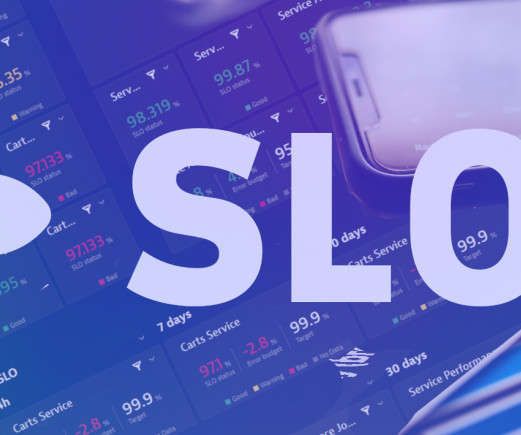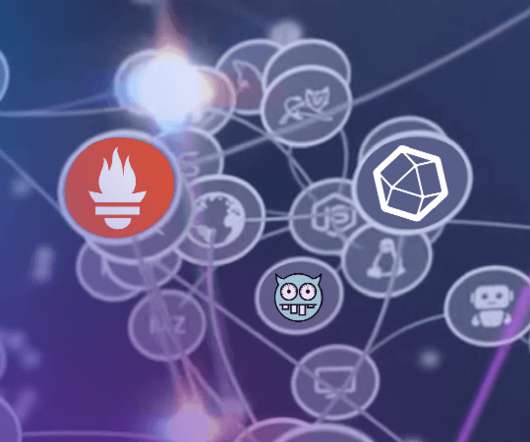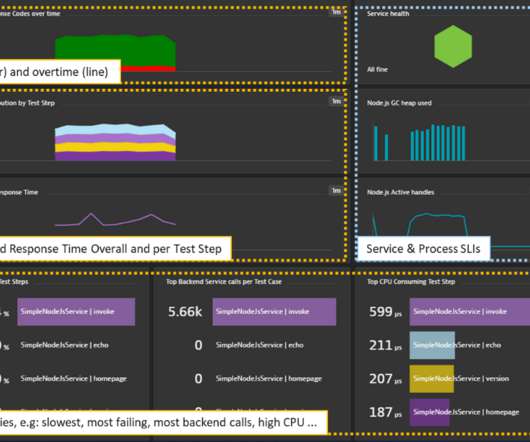Maximize user experience with out-of-the-box service-performance SLOs
Dynatrace
AUGUST 25, 2023
According to the Google Site Reliability Engineering (SRE) handbook, monitoring the four golden signals is crucial in delivering high-performing software solutions. If you’re new to SLOs and want to learn more about them, how they’re used, and best practices, see the additional resources listed at the end of this article.

















Let's personalize your content